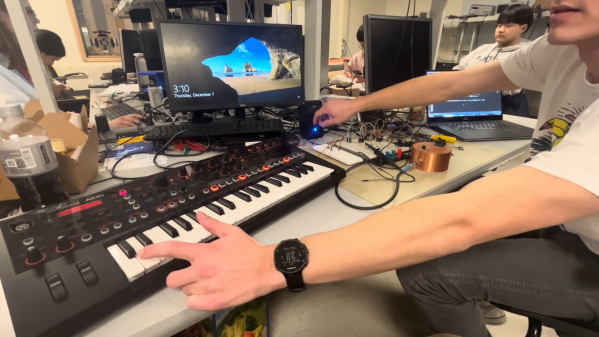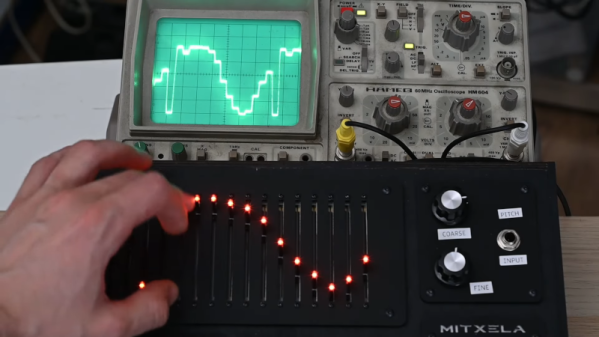We’re not sure exactly what Tulip is, because it’s so many things all at once. It’s a music-making environment that’s programmable in Python, runs on your big computer or on an ESP32-S3, and comes complete with some nice sounding synth engines, a sequencer, and a drum machine all built in. It’s like your dream late-1980s synthesizer workstation, but running on a dev board that you can get for a song.
And because Tulip is made of open-source software and hardware, you can extend the heck out of it. For instance, as demonstrated in this video by [Floyd Steinberg], you can turn it into a fully contained portable device by adding a touchscreen. That incarnation is available from Makerfabs, and it’s a bargain, especially considering that the developer [Brian Whitman] gets some of the proceeds. Or, because it’s written in portable Python, you can run it on your desktop computer for free.
The most interesting part of Tulip for us, as programmer-musicians, is that it boots up into a Micrypython REPL. This is a synth workstation with a command-line prompt as its primary interface. It has an always-running main loop, and you make music by writing functions that register as callbacks with the main loop. If you were fast, you could probably live-code up something pretty interesting. Or maybe it wants to be extended into a physical musical instrument by taking in triggers from the ESP32’s GPIOs? Oh, and did we mention it sends MIDI out just as happily as it takes it in? What can’t Tulip do?
We’ve seen some pretty neat minimalist music-making devices lately, but in a sense Tulip takes the cake: it’s essentially almost entirely software. The various hardware incarnations are just possibilities, and because it’s all open and extremely portable, you can freely choose among them. We really like the design and sound of the AMY software synthesizer engine that powers the Tulip, and we’re sure that more synthesizer models will be written for it. This is a music project that you want to keep your eyes on in the future.


















